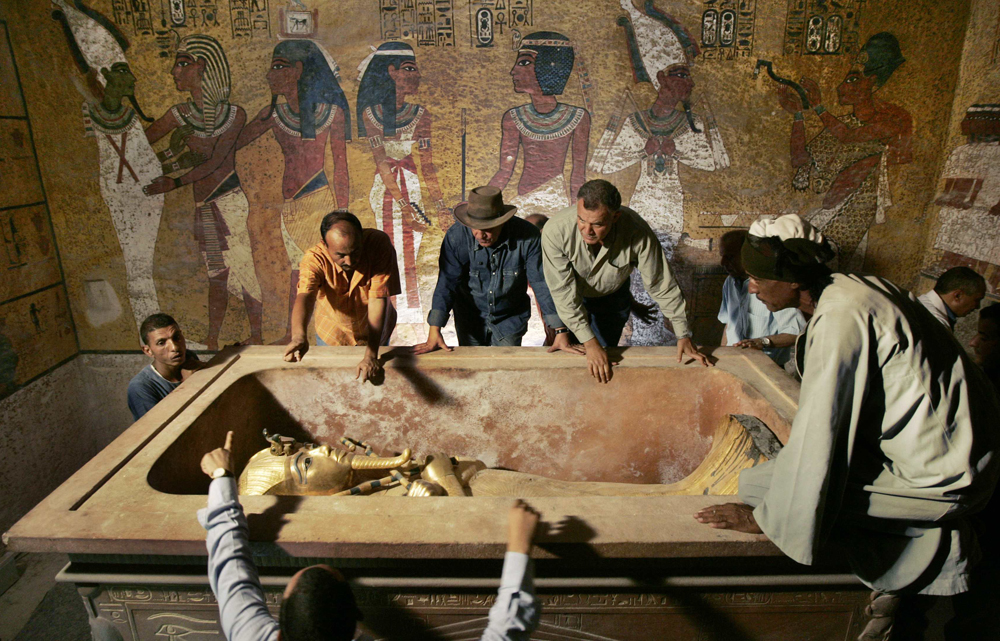One of the most famous Pharaohs of Ancient Egypt is Tutankhamun. Sometimes known as King Tut. He is not considered so for his long period of rule or great deeds, but because British archaeologist Howard Carter found his almost undisturbed grave in 1922 in the Valley of the Kings in Luxor West Bank. He became ruler when he was about nine years old and lived during the 18th Dynasty, around 1370-1352 BC. Despite the fact that his reign was short, this boy Pharaoh grabbed the contemporary world’s attention. He does not only offer us insights into historical Egyptians but also offers us a glimpse into the ancient world with his belongings that were discovered.

Early Life and Reign
Tutankhamun was given birth to about 1341 BCE. Presumably, at the palace city of Akhetaten, what we would call Amarna today, king Akhenaten being his father, yet sister being his mother, as well. Tutankhaten, his initial name, implied “Aten’s Living Image”. Later on, after the death of Akhenaten. Tutankhamun who was still a minor chose to change this name. It meant shifting the religious focus back to the traditional Egyptian pantheon and the god Amun.
The Mystery of Tutankhamun Death
Tutankhamun (who was around 18 or 19) died in 1323 BCE. His death brings about debates among historians still today. Could it be that he died as a result of some chariot accident? They also say he may have had a genetic disorder or been killed. However, recent research based on computerized axial tomography (CT) scans as well as deoxyribonucleic acid (DNA) testing has disclosed numerous ailments suffered by this pharaoh including bad limps and malaria hence contributing to his untimely demise.

Discovery of the Tomb
Howard Carter and his patron, Lord Carnarvon inaugurated Tutankhamun into global fame through the discovery of his tomb in the Valley of the Kings in Luxor West Bank. The discovery was made on November 4, 1922 after uncovering a series of steps that led to a sealed doorway. Once in, the antechamber revealed a stunning array of artifacts “wonderful things” Carter exclaimed about what he saw.

The treasure trove, known as KV62, held more than 5,000 artifacts, including an ornate gold coffin, a golden death mask, chairs, harpoons for hunting birds, trumpets, houses cooked fish, meat, wine provided 2 mummified fetuses alleged to be King Tutankhamun’s still born daughters. This treasure trove offered crucial knowledge concerning ancient Egyptian material culture, art, and everyday life.
Despite his relatively minimal effect on Egyptian history of the time. Tutankhamun’s legacy has prevailed through the numerous artifacts and knowledge gained from his grave. The discovery provoked an international interest in ancient Egypt rekindling Egyptology. In particular. King Tut’s gold death mask is now a popular icon of ancient Egypt that represents her art as well as culture. Investigations still go one concerning his life and death. Hence it is true to say that he has remained one of the key elements for understanding our past.




0 Comment